Frank Morgan: Beyond the Wizard of Oz
Frank Morgan began his acting career back in 1916 as a silent film star. His career, which spanned more than 35 years on the silver screen, included roles in more than 100 films. He is most well-known for his role as the man behind the curtain in “The Wizard of Oz” yet he was so much more.
The Silent Film Era
In one of his first-ever appearances on the big screen back in 1917, Frank Morgan appeared next to John Barrymore, the grandfather of Drew Barrymore. The film, “Raffles, the Amateur Cracksman” was an independent release about an educated thief who simply stole stuff for the thrill of the chase. Barrymore played the lead role of Raffles, while Frank Morgan had the supporting role of his high school chum, Bunny. moviessilently.com’s review of the film credits 27-year-old Morgan with holding his own against Barrymore, a famous ham at age 35.
The Affairs of Cellini
Only 3 actors were nominated for Best Actor in a Leading Role for the films of 1935. They were Clark Gable in “It Happened One Night”, William Powell in “The Thin Man” and Frank Morgan in “The Affairs of Cellini”. Clark Gable won the Oscar but recognition of Morgan’s talent as Oscar-worthy was a remarkable achievement when you consider that the title character, Cellini, was played by Fredric March. Future TV stars Lucille Ball and Ward Bond had uncredited roles in “The Affairs of Cellini.”
Shirley Temple
As the 1920s came to an end, the silent film era gave way to the first films with integrated sound. By the 1930s, Frank Morgan had speaking roles in a number of films before starring next to Shirley Temple. During the 1936 film “Dimples”, Morgan played Professor Appleby, Temple’s felonious grandfather. Throughout the film, the two stars constantly fought to steal the scene from one another. Frank Morgan would regularly place his top hat in positions to intentionally block Shirley Temple’s view from the camera. In response, Temple changed her dance routines in order to create pauses in her movements that prevented Morgan from drawing any more attention away from her. The dramatic pausing became a signature routine in many of Temple’s future films.
The Wizard of Oz
Metro-Goldwyn-Mayer was so impressed by Frank Morgan’s ability to act on the big screen that they signed him to a contract that lasted the rest of his career on the big screen. It was during the early part of his contract with MGM, that Morgan appeared next to Judy Garland in the movie “The Wizard Of Oz”. His first appearance in the film was during the opening black and white sequence where he played Professor Marvel. Later in the film, he played the gatekeeper to the Emerald City, the carriage driver for the horse of a different color and the sentry. Most importantly, he played the man behind the curtain, the wonderful Wizard of Oz. Can you imagine W.C. Fields as the Wizard of Oz? Yet, were it not for an inability to agree upon Fields’ salary, the role might not have gone to Frank Morgan. Whatever they paid Morgan, they certainly got their money’s worth.
Over the Rainbow
Although Frank Morgan continued to appear on the big screen throughout the 1940s, he was most well-known for his appearances on the popular radio program entitled “The Frank Morgan-Fanny Brice Show”. During this popular radio program, which was sponsored by Maxwell House Coffee, Morgan spent his time telling outlandish tales of his personal adventures in life. In 1944, Fanny Brice left the show, leaving Frank Morgan to continue on his own for another year.
Tortilla Flat
One of Frank Morgan’s most popular films of all time was the 1942 romantic comedy, “Tortilla Flat”, which was based on the 1935 novel by John Steinbeck. Morgan played a pirate who was trying to save money to buy a golden candlestick in order to heal his sick dog. It was for his work in this film that Frank Morgan received his second Oscar nomination, this time for Best Supporting Actor.
The Great Morgan
In honor of the work that Frank Morgan did for Metro-Goldwyn-Mayer, MGM released a musical comedy entitled “The Great Morgan” in 1946. The film which featured Morgan as himself, lasted less than 60 minutes and was one of the more unusual films ever produced by MGM. The storyline features a bumbling man who is given the opportunity to produce his own film, but in the end, botches the entire production. There were a number of segments from popular Broadway dancers included in the film as well as cameos by top MGM producers and management. For years, it was thought that “The Great Morgan” had been lost forever, until 1980 when a print copy was discovered.
The End of a Legacy
Frank Morgan spent the remaining years of his life on the air as “The Fabulous Dr. Tweedy”. During this time, he also recorded several children’s records that were released by Capitol Records shortly before his death. The filming of the movie “Annie Get Your Gun” had only just begun when Frank Morgan passed away on September 18, 1949, ending his more than 35-year legacy on the silver screen.

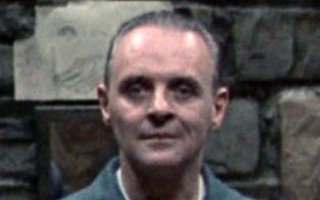
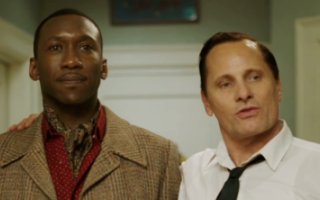
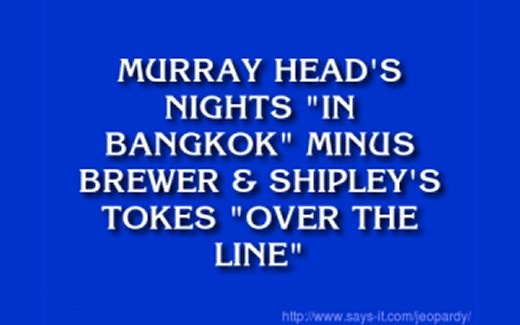
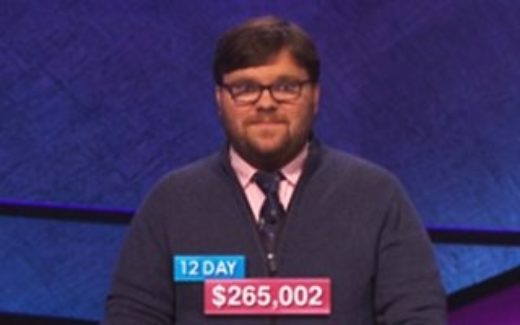

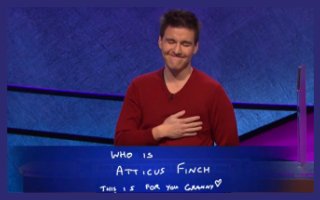
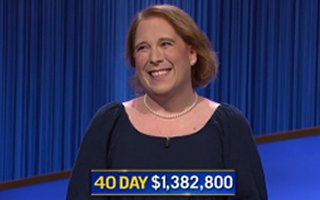
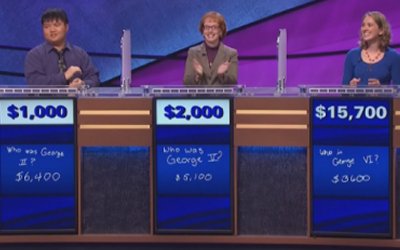
Recent Comments